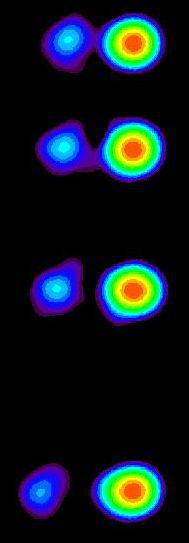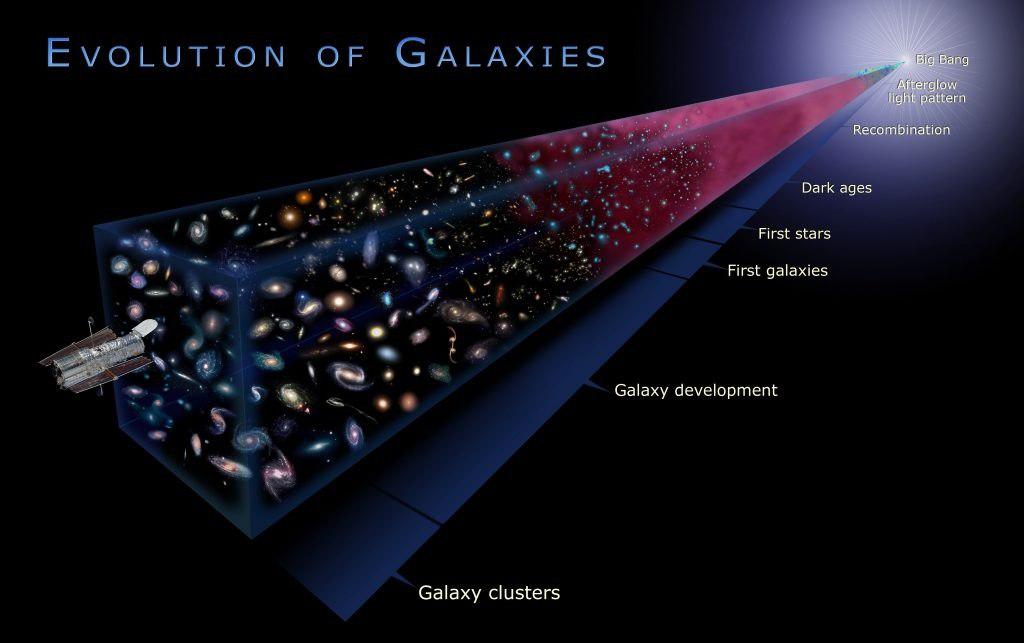NASA - Space Shuttle Main Engines
Space Shuttle Main Engines
The three Space Shuttle Main Engines, in conjunction with the Solid Rocket Boosters, provide the thrust to lift the Orbiter off the ground for the initial ascent. The main engines continue to operate for 8.5 minutes after launch, the duration of the Shuttle's powered flight.
Image left: The Space Shuttle Main Engines provide part of the thrust that sends the Shuttle into orbit. Click image to play video of engines firing on launch (no audio). Photo credit: NASAAfter the solid rockets are jettisoned, the main engines provide thrust which accelerates the Shuttle from 4,828 kilometers per hour (3,000 mph) to over 27,358 kilometers per hour (17,000 mph) in just six minutes to reach orbit. They create a combined maximum thrust of more than 1.2 million pounds.
As the Shuttle accelerates, the main engines burn a half-million gallons of liquid propellant provided by the large, orange external fuel tank. The main engines burn liquid hydrogen -- the second coldest liquid on Earth at minus 423 degrees Fahrenheit (minus 252.8 degrees Celsius) -- and liquid oxygen.
The engines' exhaust is primarily water vapor as the hydrogen and oxygen combine. As they push the Shuttle toward orbit, the engines consume liquid fuel at a rate that would drain an average family swimming pool in under 25 seconds generating over 37 million horsepower. Their turbines spin almost 13 times as fast as an automobile engine spins when it is running at highway speed.

The main engines develop thrust by using high-energy propellants in a staged combustion cycle. The propellants are partially combusted in dual preburners to produce high-pressure hot gas to drive the turbopumps.
Combustion is completed in the main combustion chamber. Temperatures in the main engine combustion chamber can reach as high as 6,000 degrees Fahrenheit (3,315.6 degrees Celsius).
Image right: Space Shuttle Main Engines being installed on Discovery at the Orbiter Processing Facility at NASA's Kennedy Space Center. Photo credit: NASA/Kennedy Space Center.Each Space Shuttle Main Engine operates at a liquid oxygen/liquid hydrogen mixture ratio of 6 to 1 to produce a sea level thrust of 179,097 kilograms (375,000 pounds) and a vacuum thrust of 213,188 (470,000 pounds).
The engines can be throttled over a thrust range of 65 percent to 109 percent, which provides for a high thrust level during liftoff and the initial ascent phase but allows thrust to be reduced to limit acceleration to 3 g's during the final ascent phase. The engines are gimbaled to provide pitch, yaw and roll control during the ascent.
-
Latest
 Blazing Speed: The Fastest Stuff in the Universe | Space
Blazing Speed: The Fastest Stuff in the Universe | SpaceSAN DIEGO -- If you're light, it's fairly easy to travel at your own speed -- that is to say 186,282 miles per second or 299,800 kilometers per second.But if you are matter, then it's another matter a...
-
Next
 What is the fastest particle in the universe?
What is the fastest particle in the universe?What is the fastest particle in the universe?tachyonWhat is the smallest thing in our galaxy?In a cosmic version of the old needle-in-a-haystack finding, astronomers have spotted an object less than a...
Popular Articles
- Rocket Power (TV Series 1999–2004) - Rocket Power (TV Series ...
- technique - What is the definition of 'playing in the pocket ...
- "Pocket rockets," in poker Crossword Clue Answers, Crossword ...
- 5 Sex Toys Every Man Should Own, Use & Use Again - LA Weekly
- Pocket Holsters: 11 Options For Easy Everyday Carry (2021 ...
- What is Elton John's most successful song? (Celebrity Exclusive)
